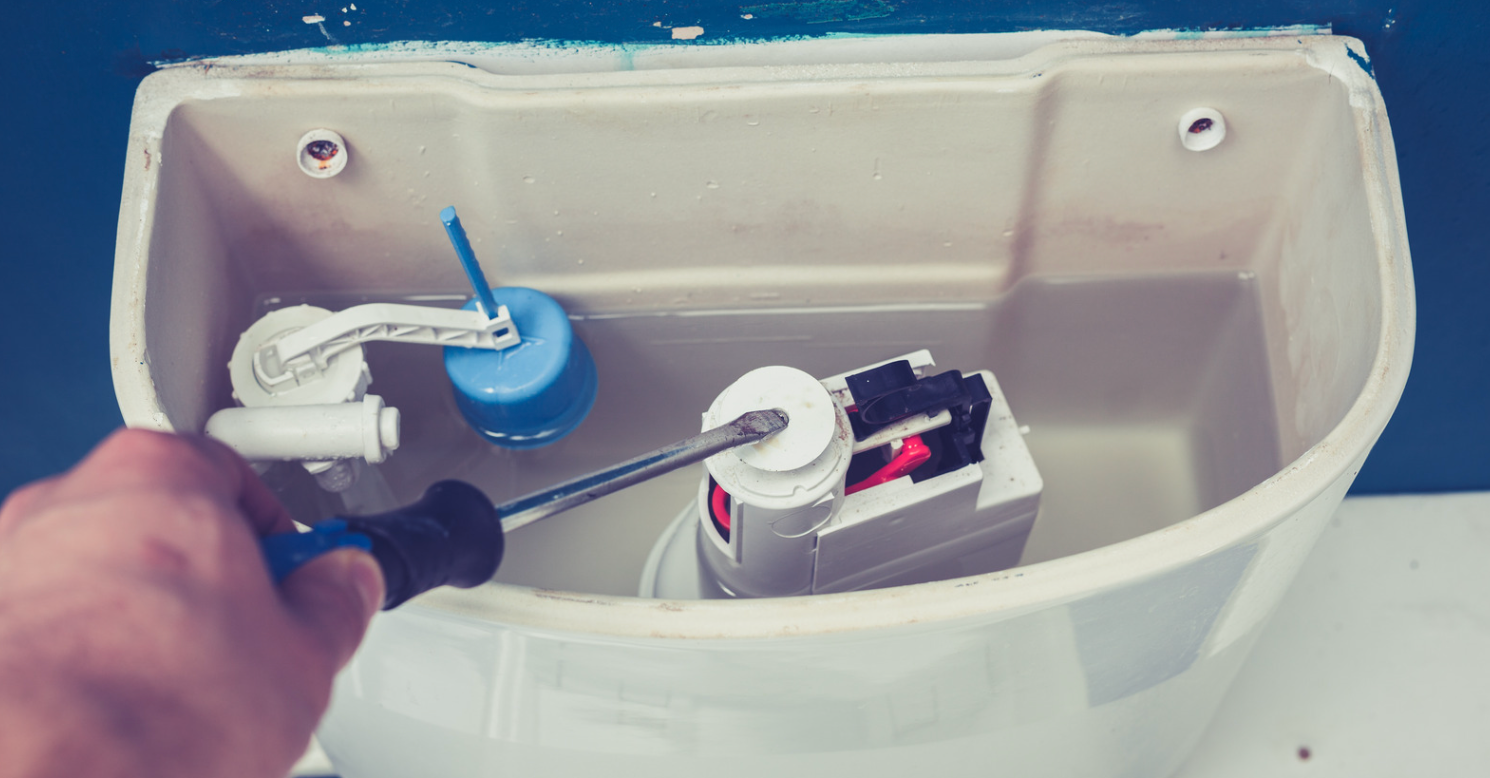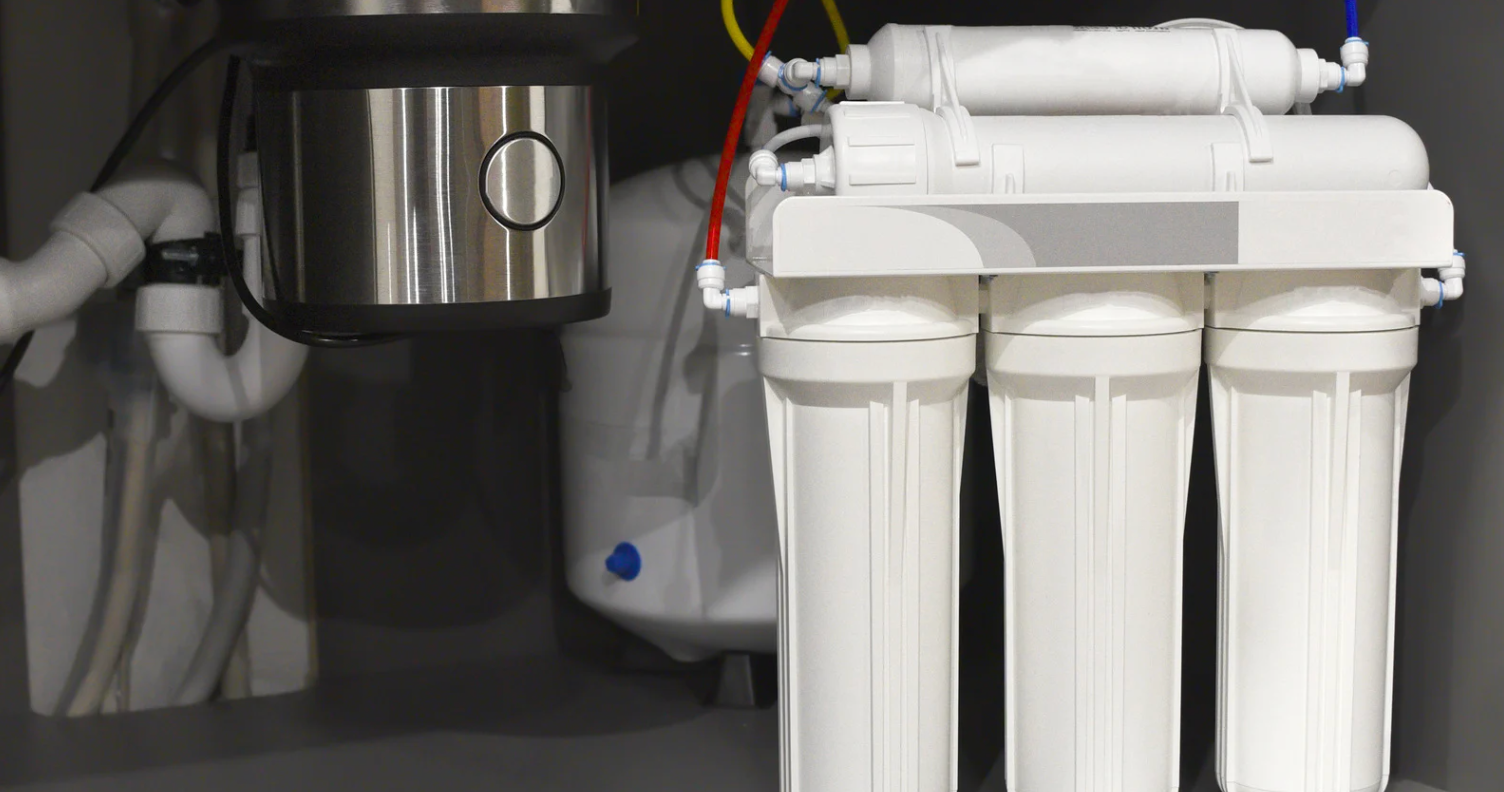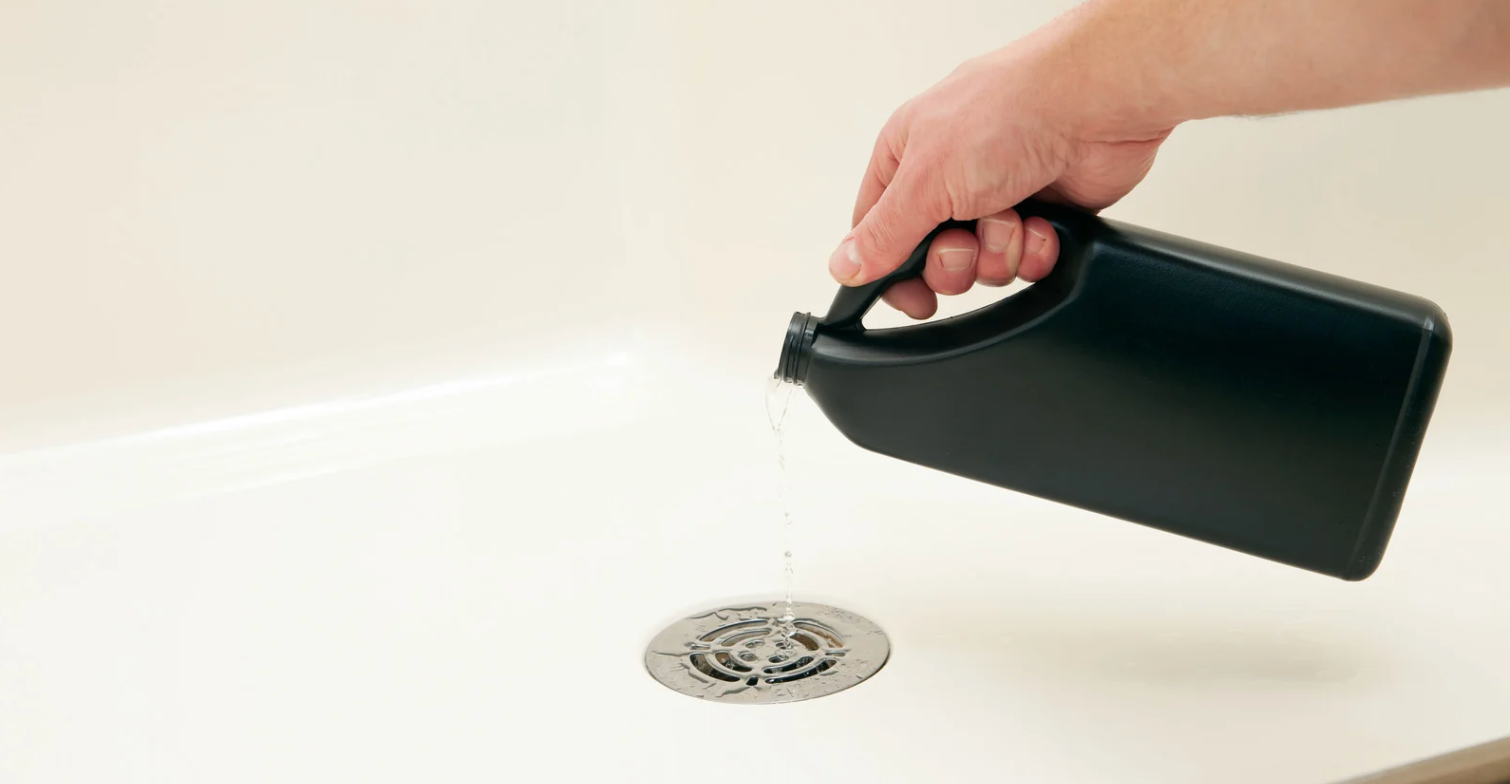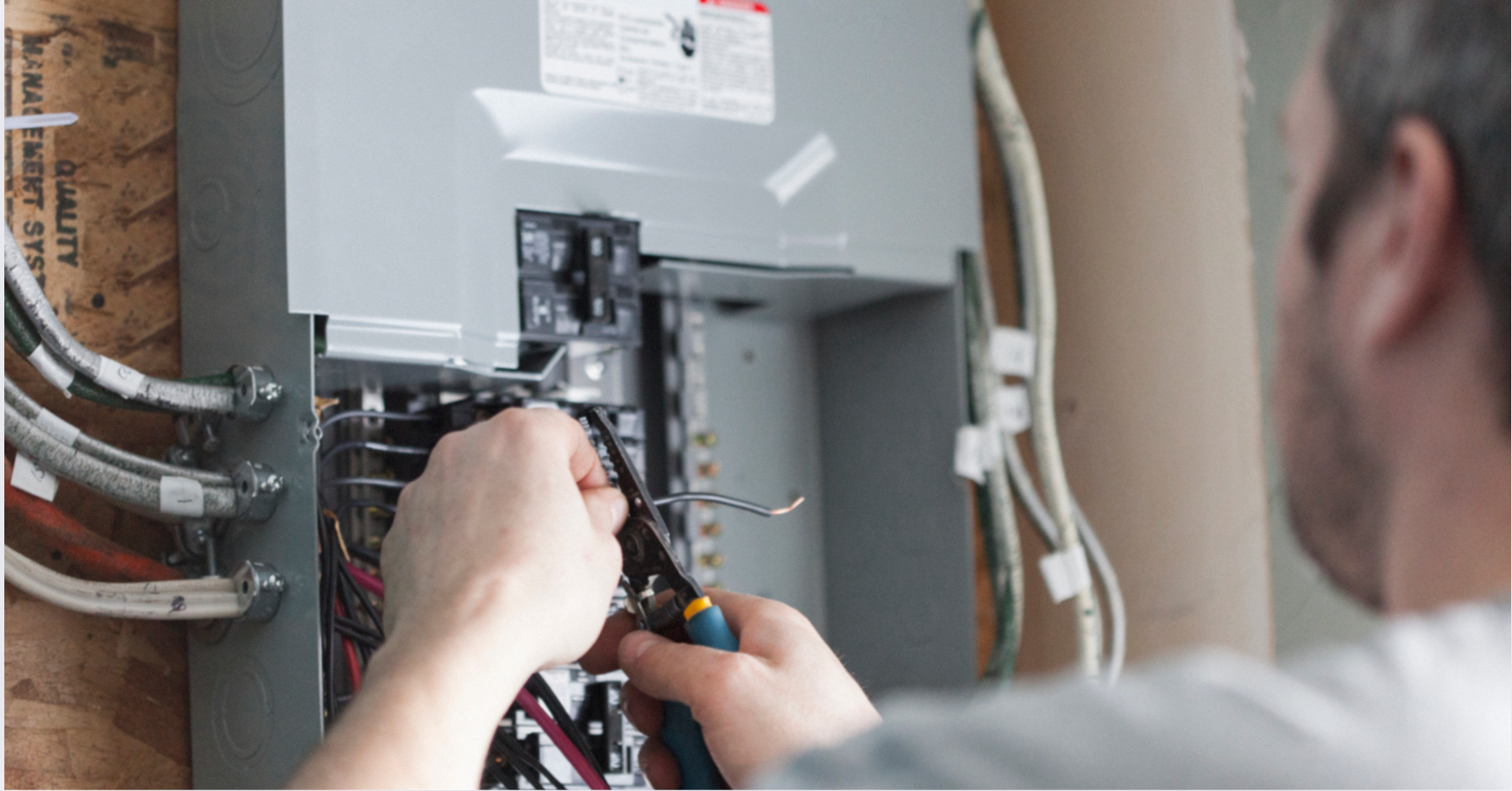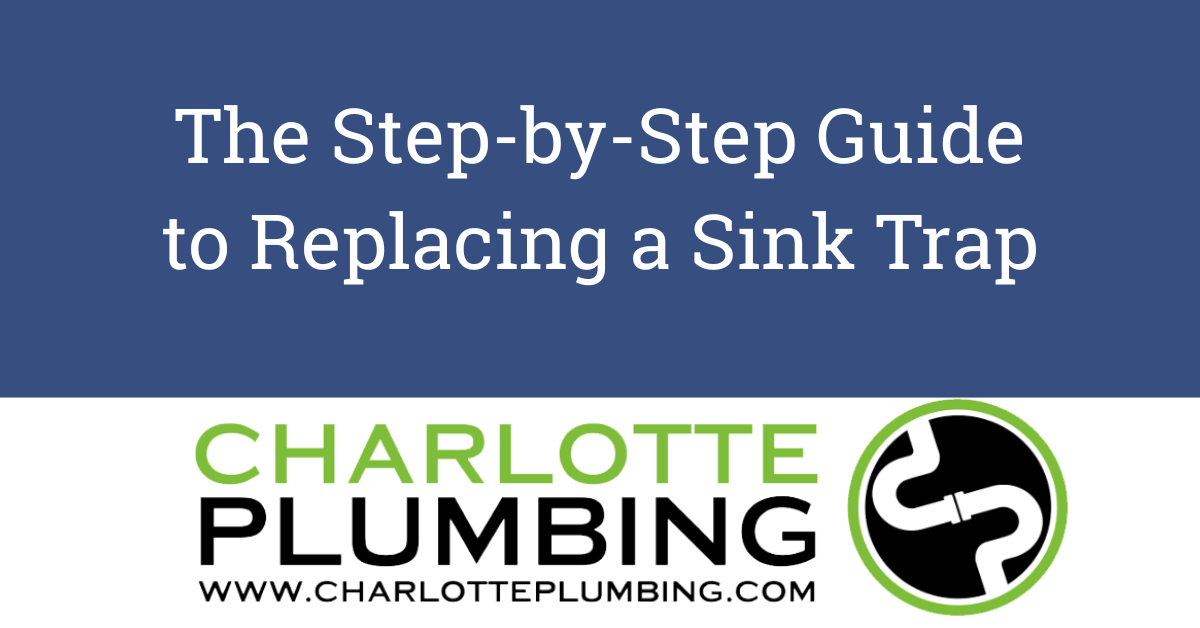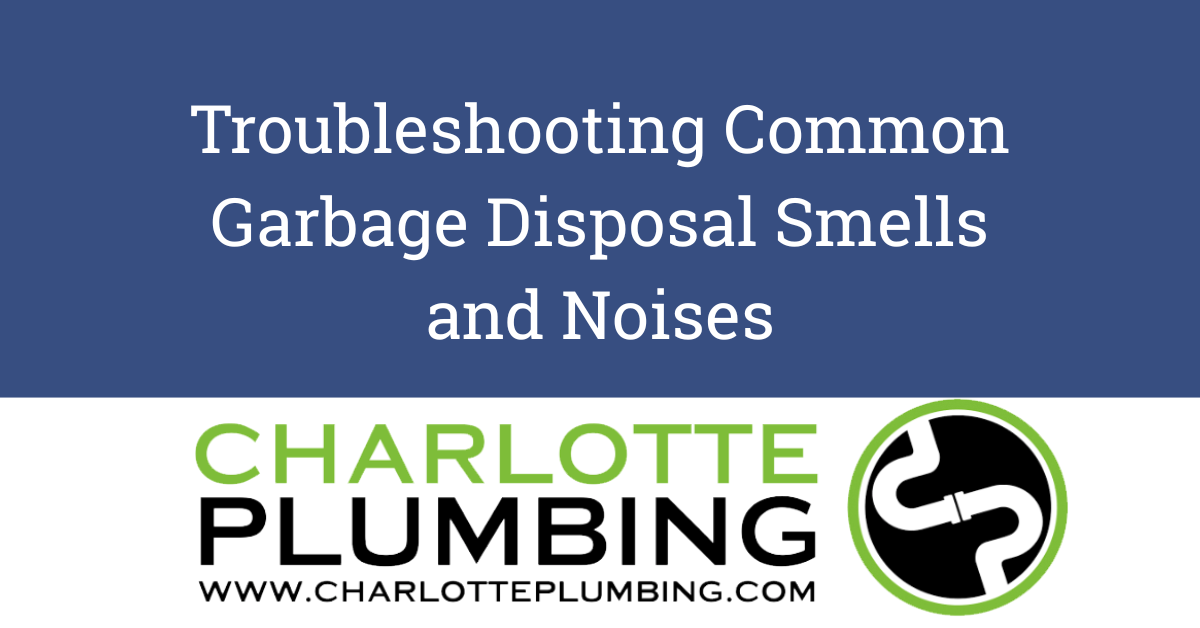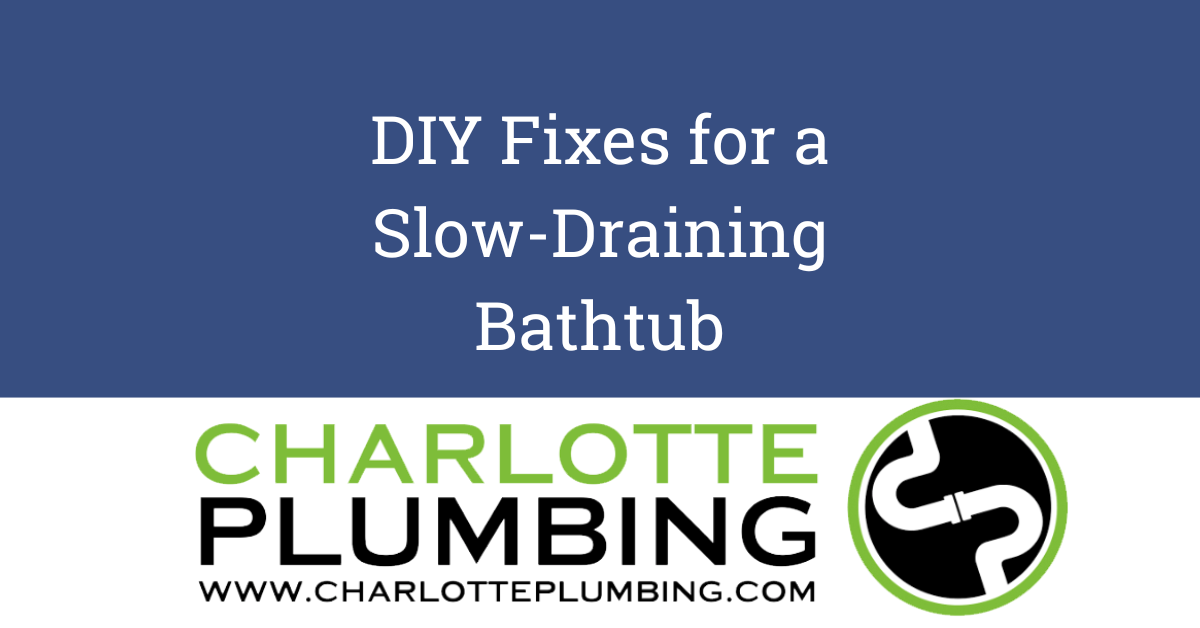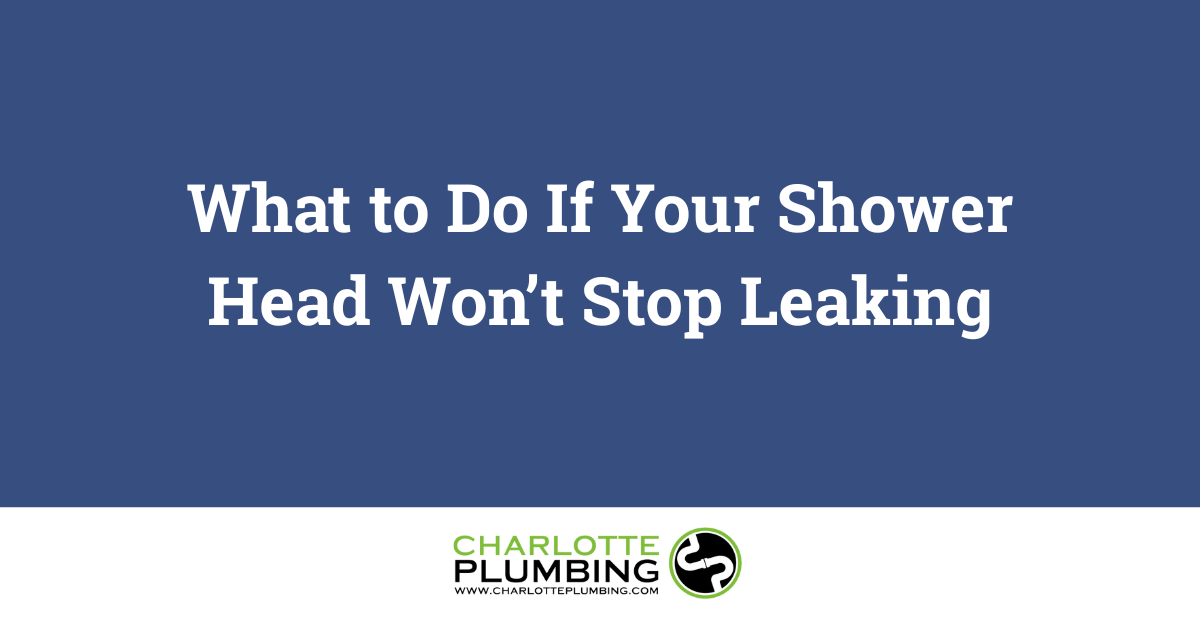How to Unclog a Toilet Without a Plunger
What to Do When You Need to Unclog a Toilet Without a Plunger
Clogged toilets are stressful—especially if you don’t have a plunger on hand. Luckily, there are several effective methods you can try with everyday household items. At Charlotte Plumbing, we’ve helped thousands of homeowners deal with this exact problem. Here’s what to do when you need results, fast.
Why a Toilet Clogs (and When You Can DIY)
Most toilet clogs are caused by too much toilet paper, non-flushable items, or slow-draining pipes. If water is rising slowly—or sitting without draining—your first instinct might be to grab a plunger. But if one’s not available, don’t panic. For minor clogs, you can often resolve the issue safely without professional tools.
Method 1: Use Hot Water and Dish Soap
This is one of the most effective and safest methods:
- Add a few cups of hot (not boiling) water into the toilet bowl.
- Squeeze in a generous amount of dish soap—about half a cup.
- Let it sit for 15–30 minutes. The heat and soap help break up organic material.
- Try flushing once gently. If it doesn’t drain, repeat the process once more.
Method 2: The Baking Soda and Vinegar Reaction
Think of this as a safe, eco-friendly way to break down clogs:
- Pour 1 cup of baking soda into the toilet bowl.
- Slowly add 2 cups of white vinegar.
- Let the fizzy chemical reaction work for 30–60 minutes.
- Add a kettle of hot water to assist drainage.
Don’t overdo it with vinegar. This method is great for odors too.
Method 3: Use a Wire Hanger as a Makeshift Snake
If the water isn’t too high, you can gently dislodge the blockage:
- Unwind a wire coat hanger, leaving the hook end intact.
- Wrap the hook in a cloth and secure it with tape to avoid scratching porcelain.
- Carefully insert and rotate the wire to break up or hook the clog.
Use caution. Never force the wire, and wear gloves for hygiene.
Method 4: Wet/Dry Shop Vacuum (For the Handy Homeowner)
If you own a wet/dry vac, this can help:
- Remove excess water from the bowl with the vacuum.
- Wrap the hose end in a towel to form a seal at the drain.
- Turn the vacuum to suction mode and let it run for a few seconds.
Only attempt this if your vacuum is rated for wet use—and sanitize thoroughly after.
If you’ve tried these methods and the toilet still won’t flush properly, it’s time to call Charlotte Plumbing. Persistent clogs can signal deeper issues like blocked drain lines or root intrusions. Our licensed technicians use professional tools to clear the problem without damaging your system—and we never recommend repairs you don’t need. For urgent plumbing issues, we offer 24/7 emergency service across the Charlotte, NC area. Whether it’s a stubborn clog or something more complex, you can count on us to fix it fast and right.

